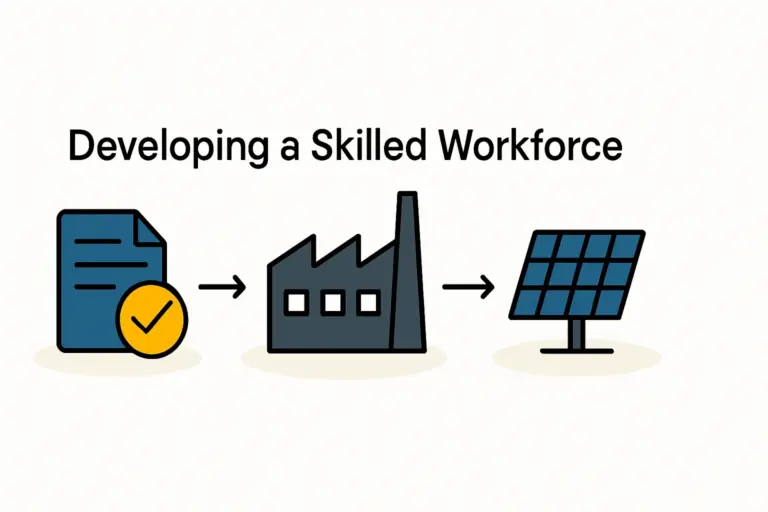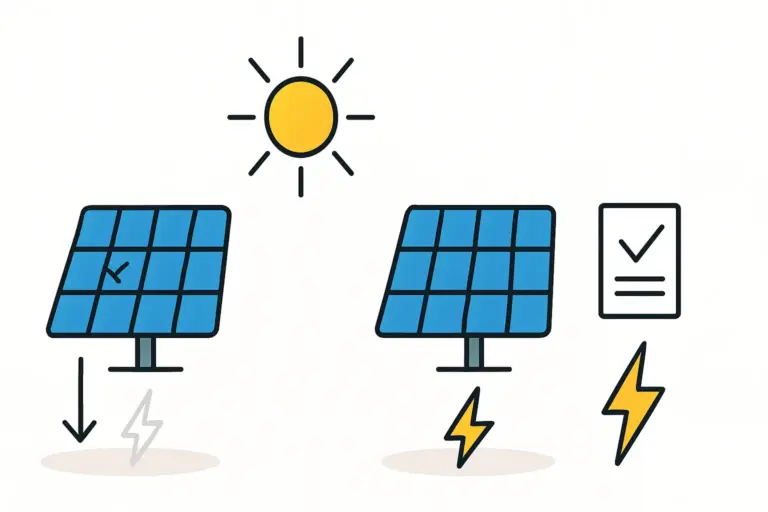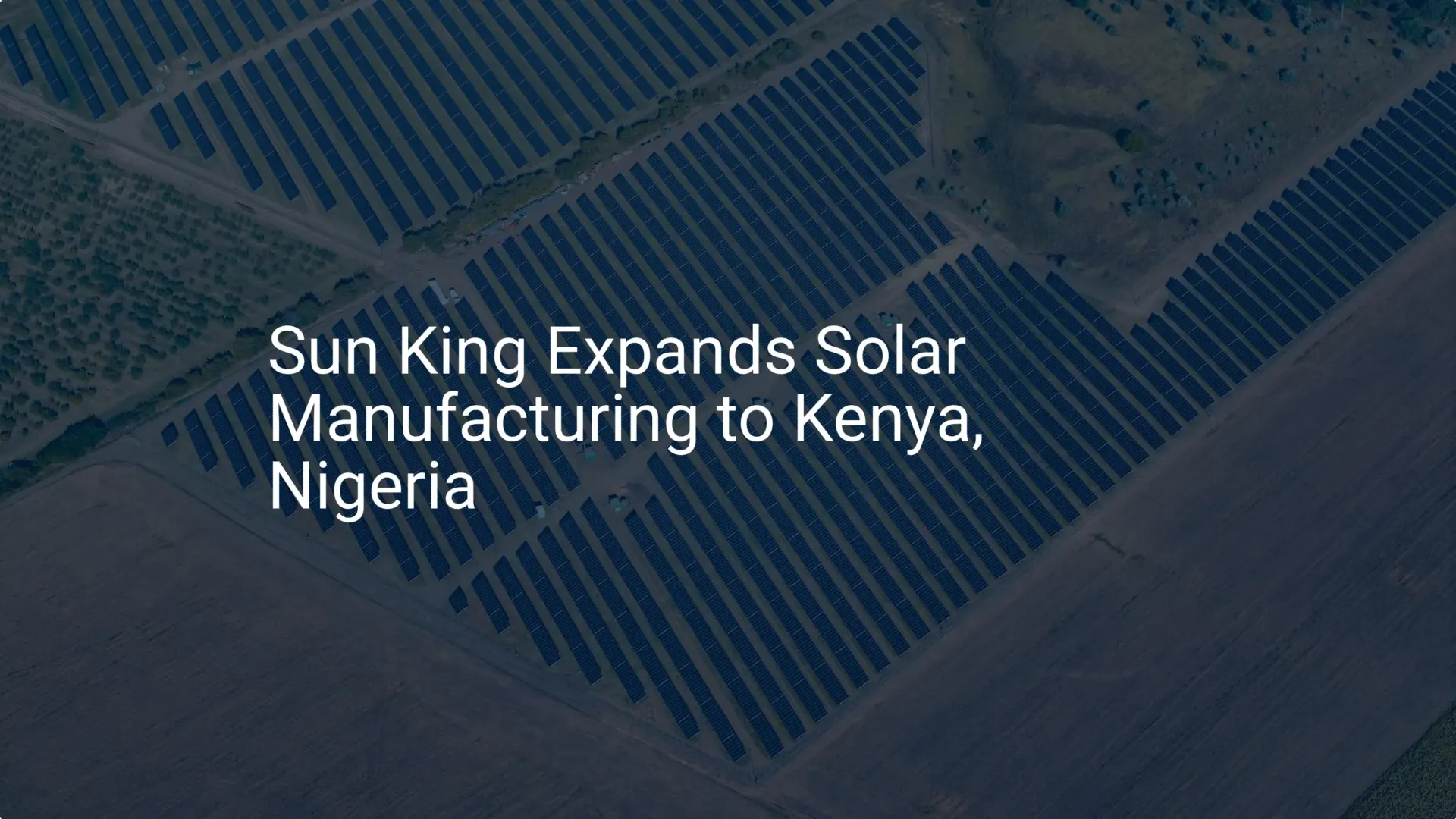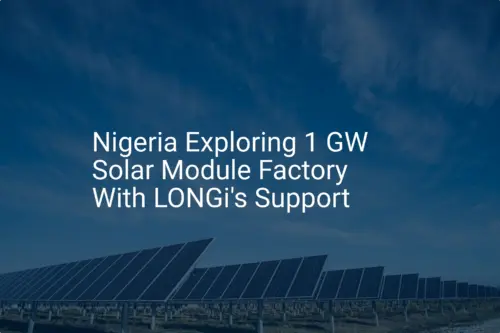For an entrepreneur planning a solar module factory in Niamey, the initial focus is often on machinery, technology, and finance. However, a less obvious but equally critical challenge soon emerges: how to transport tonnes of delicate glass, solar cells, and other materials from a seaport in another country, across more than 1,000 kilometers of road, to a factory in landlocked Niger.
This single logistical challenge shapes the operational viability and cost structure of any manufacturing venture in the region. Navigating this journey requires a deep understanding of the transport corridors, customs procedures, and potential bottlenecks.
This guide provides a clear overview of the key logistical considerations for importing solar manufacturing materials into Niger, turning a potential obstacle into a manageable and predictable part of the business plan.
The Landlocked Challenge: Understanding Niger’s Geographic Position
As a landlocked country, Niger has no direct access to the sea. All ocean-freighted goods must be imported through the ports of neighboring coastal nations and then transported overland by truck. This multi-stage process introduces complexities that businesses in countries with their own ports do not face, including:
-
Multiple Jurisdictions: Goods must clear customs not only in Niger but also at the port of entry and transit points.
-
Inland Transport Costs: The ‘last mile’ of transport, which in this case is over 1,000 km, can account for a significant portion of the total logistics cost.
-
Infrastructure Dependency: The efficiency of the entire supply chain relies on the quality of roads, border post operations, and security along the transit corridor.
For a solar module factory, which requires a consistent and timely supply of bulk materials, mastering this overland supply chain is not just an operational detail; it is a strategic necessity.
Key Transport Corridors for Solar Materials
While several routes exist, the vast majority of imports into Niger travel through a few primary corridors. The choice of corridor depends on factors like port efficiency, road conditions, political stability, and existing trade agreements.
The Cotonou Corridor: The Primary Artery
The route from the Port of Cotonou in Benin to Niamey in Niger is the most established and widely used trade corridor. This 1,050 km journey is the economic lifeline for many of Niger’s import-dependent industries.
-
Port of Entry: Cotonou is a major regional port with experience handling a wide variety of cargo. It serves as the primary gateway for goods destined for Niger.
-
Overland Route: From Cotonou, trucks travel north, crossing the Benin-Niger border at Malanville/Gaya. The journey typically takes several days, depending on road conditions and border processing times.
-
Streamlined Processes: To facilitate trade, Benin and Niger have established agreements creating a ‘single customs territory’ for goods in transit. This system is designed to reduce delays and double-handling at the border, a significant advantage for importers. When planning the import of raw materials for solar panel manufacturing, this corridor is the default and most reliable option.

Alternative Routes: Lomé and Tema
While Cotonou is the principal route, ports in Togo (Lomé) and Ghana (Tema) serve as important alternatives. Businesses may consider these options for strategic reasons:
-
Diversification: Relying on a single corridor carries inherent risks. Political instability or port congestion in Benin could disrupt the supply chain. Using Lomé or Tema provides a valuable contingency.
-
Shipping Line Preferences: Sometimes, a specific shipping line may offer more favorable rates or schedules to Lomé or Tema, making these routes more cost-effective for a particular shipment.
The choice of port is a complex decision. Based on experience from J.v.G. turnkey projects, it’s a choice often made in consultation with a specialized freight forwarding agent who has real-time knowledge of port congestion, road conditions, and security along each route.
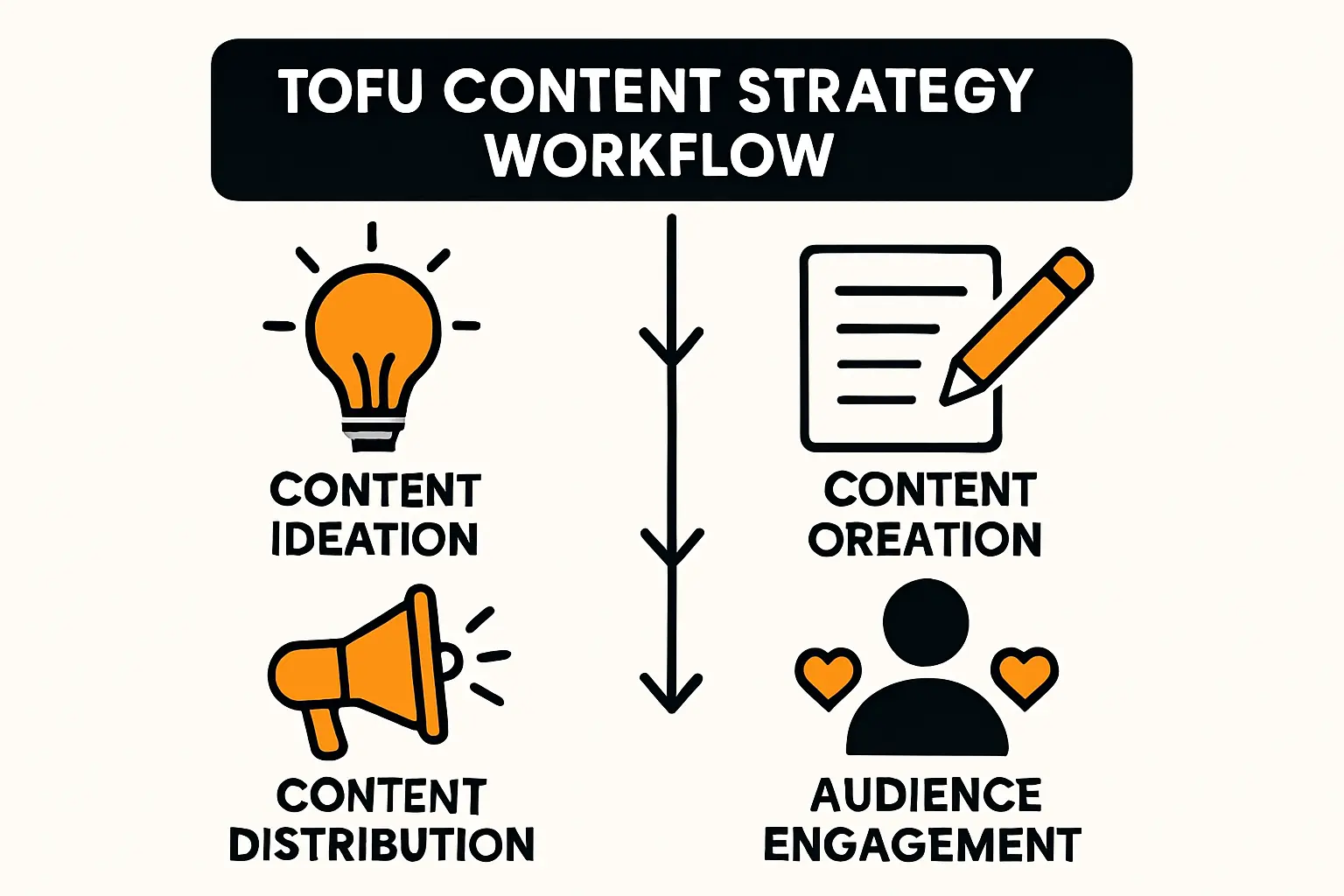
Navigating Customs and Border Formalities
The customs clearance process is often perceived as the most challenging part of importing goods into Niger. It involves careful documentation, adherence to regulations, and coordination between multiple agencies. A minor error in paperwork can lead to significant delays and additional costs.
The typical process involves these key stages:
-
Port Clearance (e.g., Cotonou): Upon arrival, the goods must be cleared through Beninese customs for transit. This requires submitting documents like the Bill of Lading, Commercial Invoice, and Packing List.
-
Transit Bond: A customs bond is typically required to guarantee that the goods will exit the transit country (Benin) and not be illegally sold within its borders.
-
Border Crossing: At the Malanville/Gaya border, documents are verified by officials from both countries before the shipment is allowed to proceed into Niger.
-
Final Clearance (Niamey): Once the truck arrives at a customs depot in Niamey, it undergoes final clearance by Nigerien customs authorities. Duties and taxes are paid, and the goods are inspected before being released to the factory.
Integrating these steps and their associated costs is a critical part of a comprehensive solar panel manufacturing business plan. Delays at any stage can halt production, making a reliable and experienced customs broker an indispensable partner.

The Business Impact: Calculating Costs and Lead Times
Effective business planning requires translating these logistical steps into tangible metrics: cost and time.
Typical Lead Times:
A realistic timeline from a supplier’s port in Asia to a factory in Niamey involves the following stages:
- Ocean Freight: 4–6 weeks
- Port Handling and Clearance in Cotonou: 1–2 weeks
- Inland Transit and Border Crossing: 1–2 weeks
- Total Estimated Lead Time: 6–10 weeks
This timeline highlights why effective inventory management is crucial to ensure a continuous supply of materials for the production line.
Key Cost Components:
The final landed cost of materials will be significantly higher than the purchase price. A business owner must budget for:
- Sea Freight: Cost of shipping containers from the origin port.
- Port Charges: Fees for unloading and handling at the Port of Cotonou.
- Customs Duties and Taxes: Levied by the Nigerien government based on the value of the goods.
- Transit and Brokerage Fees: Payments to freight forwarders and customs agents.
- Inland Transportation: The cost of trucking from Cotonou to Niamey, which can be substantial.
- Insurance: Covering the goods against loss or damage throughout their long journey.
Understanding these variables allows for accurate financial forecasting and prevents unexpected costs from derailing the project budget.
Frequently Asked Questions (FAQ)
-
What are the most critical documents for customs clearance?
The core documents are the Bill of Lading (the contract with the shipping line), the Commercial Invoice (detailing the goods and their value), a detailed Packing List, and a Certificate of Origin (verifying the country where the goods were produced). Accuracy across all documents is paramount. -
How does political instability in the region affect transport routes?
Regional instability can lead to border closures, increased security checks, or unsafe road conditions, causing significant delays. This makes it vital to work with logistics partners who monitor the geopolitical situation and can advise on route planning and risk mitigation strategies. -
Is air freight a viable option for solar materials?
Due to the weight and volume of primary materials like solar glass and aluminum frames, air freight is prohibitively expensive for routine shipments. It can, however, be a crucial option for urgently needed spare parts for machinery, where the cost is justified to avoid a prolonged production stoppage. -
What is the role of a local freight forwarding partner?
An experienced local freight forwarder is essential. They manage the entire process on the ground: coordinating with shipping lines, handling port and customs paperwork, selecting reliable trucking companies, and resolving any issues that arise at borders or checkpoints. Their expertise is key to ensuring a smooth flow of materials. This level of coordination is often a core component of a turnkey solar manufacturing line setup.
Conclusion: Planning for Logistical Success
While Niger’s landlocked geography presents distinct logistical hurdles, they are entirely manageable with thorough planning and the right partnerships. For entrepreneurs entering the solar manufacturing sector, treating logistics not as an afterthought but as a core component of the business strategy is essential for success.
By understanding the Cotonou corridor, anticipating customs formalities, and accurately budgeting for costs and lead times, a business can build a resilient and efficient supply chain. This foresight ensures that the factory can focus on its primary mission: producing high-quality solar modules to meet the growing energy demand in Niger and the wider Sahel region.



